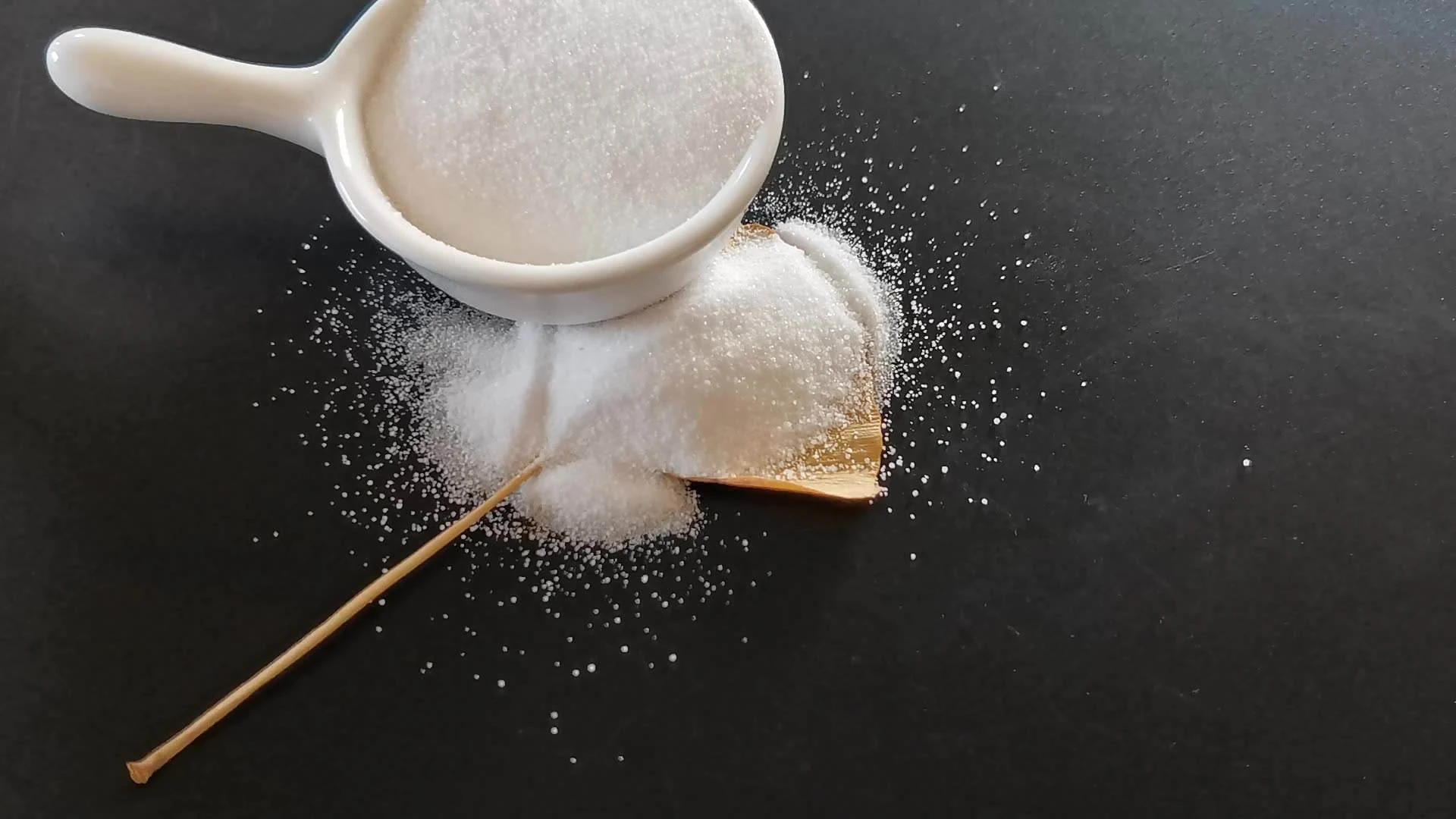



Liquid Sodium Sulphide Properties and Applications in Industrial Processes
Understanding Sodium Sulphide in Liquid Form
Sodium sulphide (Na2S) is an inorganic compound that consists of sodium and sulphur. In its solid form, it appears as a yellow to red solid with a distinct odor reminiscent of rotten eggs, primarily due to the presence of hydrogen sulfide (H2S) when exposed to moist air. However, when dissolved in water or present in liquid form, sodium sulphide behaves quite differently and plays a crucial role in various industrial applications.
Understanding Sodium Sulphide in Liquid Form
Another important application of sodium sulphide in liquid form is in the mining industry, particularly in the extraction of certain metals. It serves as a flotation agent, helping to separate valuable minerals from ores. By creating a hydrophobic surface on the minerals, sodium sulphide enhances their buoyancy, allowing them to be efficiently collected in mineral processing operations.
sodium sulphide liquid

Moreover, sodium sulphide solution is also used in leather tanning. It plays a significant role in the dehairing process, where it helps to break down the proteins in animal hides, allowing for the easy removal of hair and other unwanted materials. This step is essential in producing leather that is both supple and durable.
Despite its versatility, working with liquid sodium sulphide requires careful handling due to its corrosive nature and potential health hazards. It can release toxic hydrogen sulphide gas upon exposure to acids or in certain environmental conditions. Therefore, safety measures, including appropriate personal protective equipment (PPE) and proper ventilation, are critical when handling this compound.
In conclusion, sodium sulphide in liquid form is an invaluable chemical with numerous industrial applications, ranging from paper manufacturing to mining and leather production. Understanding its properties, uses, and the necessary precautions is essential for anyone involved in industries that rely on this compound. As industries continue to evolve and innovate, the importance of sodium sulphide and its liquid applications will likely grow, highlighting the need for ongoing research and development in safe handling practices and alternative processes that reduce environmental impact.
-
Why Sodium Persulfate Is Everywhere NowNewsJul.07,2025
-
Why Polyacrylamide Is in High DemandNewsJul.07,2025
-
Understanding Paint Chemicals and Their ApplicationsNewsJul.07,2025
-
Smart Use Of Mining ChemicalsNewsJul.07,2025
-
Practical Uses of Potassium MonopersulfateNewsJul.07,2025
-
Agrochemicals In Real FarmingNewsJul.07,2025
-
Sodium Chlorite Hot UsesNewsJul.01,2025










